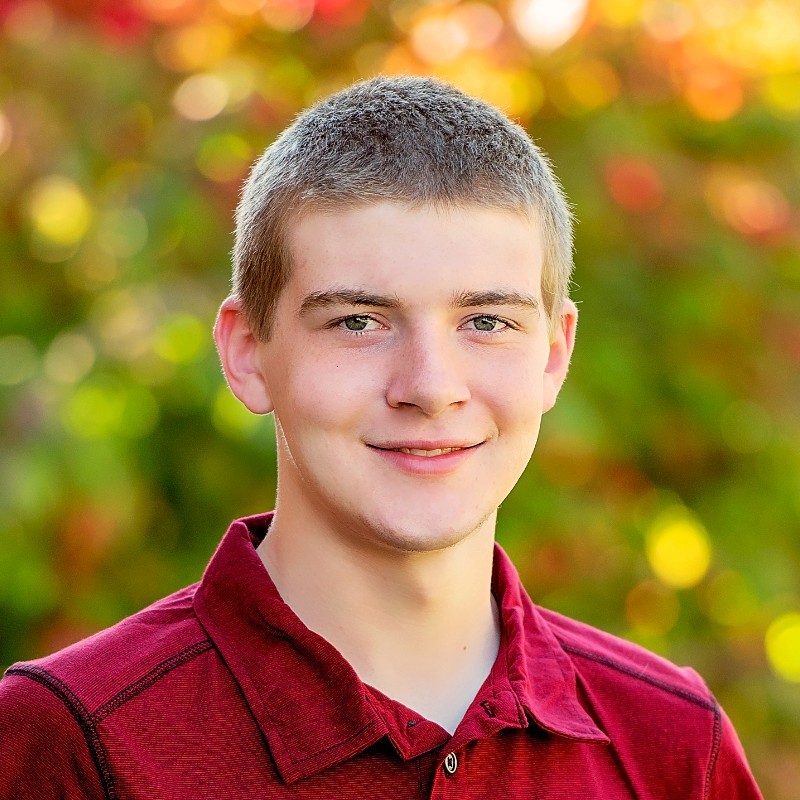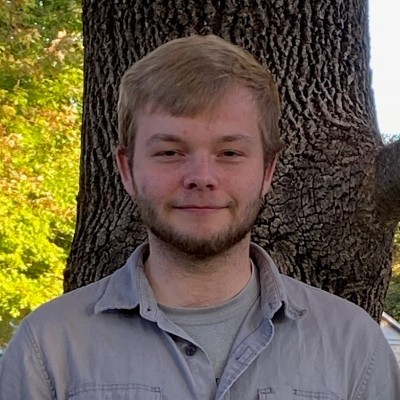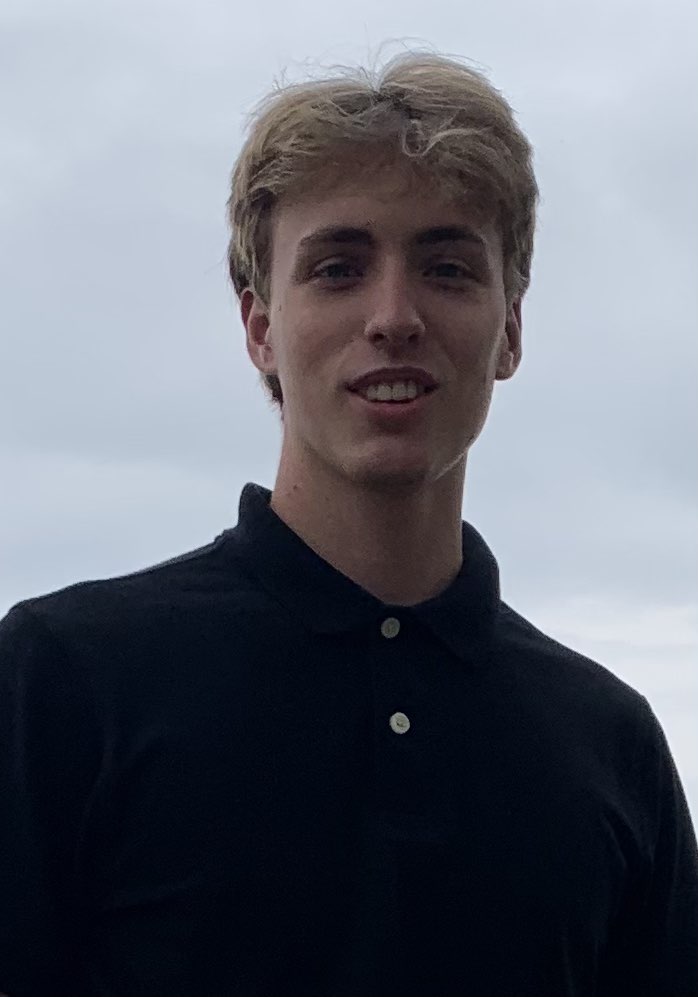Celebration of Scholars
#11: Modeling Binary Compact Object Merger Events Detected by the LIGO and Virgo Gravitational Wave Observatories
 Name:
Andrew Jocham
Name:
Andrew Jocham
Major: Physics
Hometown: Colgate, WI
Faculty Sponsor: John Quashnock
Other Sponsors:
Type of research: Independent research
 Name:
Chance Hoskinson
Name:
Chance Hoskinson
Major: Physics
Hometown: NA
Faculty Sponsor: John Quashnock
Other Sponsors:
Type of research: Independent research
 Name:
Jean Quashnock
Name:
Jean Quashnock
Department: Natural Science
Type of research: Independent research
 Name:
William Schuster
Name:
William Schuster
Major: Physics
Hometown: Rockford, IL
Faculty Sponsor: John Quashnock
Other Sponsors:
Type of research: Independent research
 Name:
Andrew Valentini
Name:
Andrew Valentini
Major: Physics
Hometown: NA
Faculty Sponsor: John Quashnock
Other Sponsors:
Type of research: Independent research
